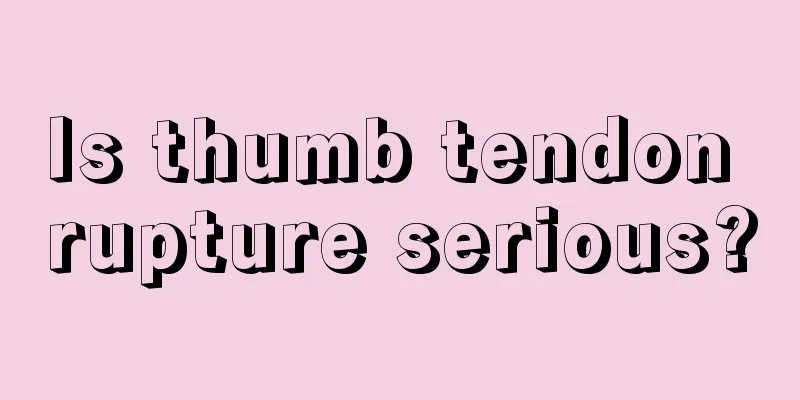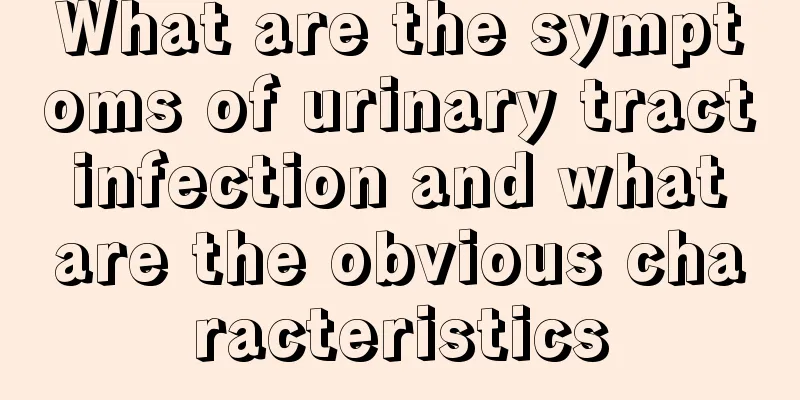Is thumb tendon rupture serious?

|
The health of the thumb is very important to our lives. If the tendon of the thumb is ruptured, the first thing to do is to go to the hospital for examination to see if the tendon rupture is serious. If the tendon is completely ruptured, you should consider taking surgical treatment in time. Otherwise, the best time for treatment will be delayed, and the disease will be delayed. It may be too late to regret in the future. The functions of the thumb include extension, flexion, opposition and grasping, accounting for about 50% of the entire hand function. Whether the dorsal extensor tendon or the palmar flexor tendon of the thumb is ruptured, it can have a significant impact on the patient's daily life and work. If the thumb tendon is ruptured, it must be treated promptly and scientifically, otherwise it may easily lead to loss of thumb function. If a patient suffers a ruptured thumb tendon, prompt surgical treatment is recommended to connect the ruptured tendon. However, since the broken ends are easily adhered to the surrounding tissues and the degree of adhesion varies from person to person, it will affect the finger function to varying degrees. Tendon rupture usually has a clear history of trauma, which is the most common. In addition, there is chronic strain. Serious tendon rupture is rare. Tendon rupture can be divided into complete rupture and incomplete rupture. If the rupture is not complete and the tendon displacement is not large, conservative treatment can be used, with plaster fixation in the opposite position. For example, if the flexor tendon is ruptured, plaster fixation in the hyperextension position; if the extensor tendon is ruptured, plaster fixation in the hyperflexion position. If the tendon is completely ruptured and there is retraction, surgical treatment is required, including tendon anastomosis. For general tendons, they can be sutured with ordinary silk thread or tendon sleeve thread; if it is a main tendon, it needs to be sutured with steel wire. The suturing methods include figure-of-eight suture, Bunnel suture, Kessler suture, etc., and plaster fixation is required for six weeks. After six weeks, the tendon should be healed and the cast can be removed. The purpose of plaster fixation is to allow rest and growth of the tendons, but what is sacrificed is the function of the limbs and the range of motion of the joints. After the tendon has grown back, the lost function must be restored, and the only way to do that is to practice hard. To put it bluntly, it means to stick it out with force. There is no shortcut other than this. There are methods that can help with recovery. Soak your limbs in hot water every day. For example, the upper limbs need to be soaked above the elbow joints, and the lower limbs need to be soaked above the knee joints. Three or four times a day, at least half an hour each time. You can add some Chinese medicine for promoting blood circulation and removing blood stasis, boil it, fumigate first and then wash. After getting warm, it will be easier to practice the functions of the limbs. At the beginning, I asked others to help me poke my hair out. There must be progress every day, and the joint mobility must be better than the previous day. |
Recommend
Which groups of people need to be screened for pancreatic cancer
In recent years, the number of deaths from pancre...
Small blisters on hands
I believe that all of you must have encountered t...
How long can a filling be used_How long can the filling material be used
Nowadays, many people do not pay attention to ora...
The difference between snails and conchs
Field snails and conchs are both very common ingr...
Things to note after a pedicure
Foot massage is a very comfortable way to relax, ...
Smiling depression is more harmful than ordinary depression. How to avoid smiling depression?
Depression can be said to be a highly prevalent m...
What is the cause of kidney pain and back pain
Some people feel swelling and pain in their kidne...
Do you know how scraping can enlarge breasts?
Scraping is a common way of maintaining health in...
Potatoes stewed with lean meat
Potato stew with meat is a very popular home-cook...
Do you know what Chinese medicines can moisten the lungs?
If symptoms such as cough and fever occur, it may...
What are the screening methods for breast cancer? These 4 methods are all screening methods for breast cancer
Breast cancer seriously endangers women's hea...
Analyzing the clinical manifestations of kidney cancer for you
Kidney diseases are very harmful to the human bod...
How to store live crabs
Crabs are actually quite hardy creatures. We hard...
Four reasons cause uremia
The harm of uremia to people can be said to be no...
Analysis of the treatment methods of skin cancer: surgical treatment
There are many methods for treating skin cancer c...









